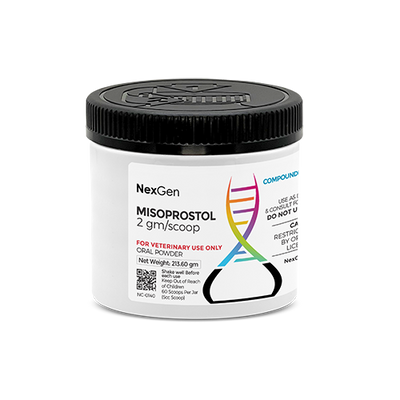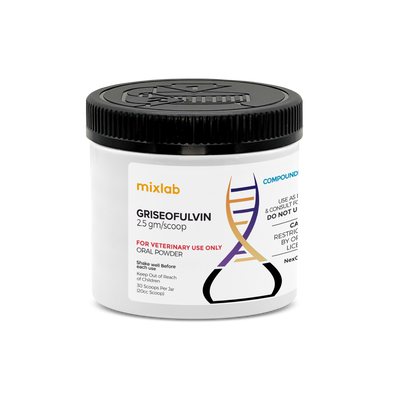
Reserpine 2.5 mg/scoop, Oral Powder, 30 Scoops (1.25cc Scoop)
Login for pricing
- Brand
- Mixlab
- SKU:
- NC-0304
- Product Type:
- Powder
- Size:
- 4oz
- Administration:
- Oral
- Scoops Per Container:
- 30
- Scoop Size:
- 1.25cc
Horses that are stressed or nervous can be difficult and even dangerous to handle. As a result of individual temperament or being forced to engage in activities in which they wouldn’t normally engage in the wild, some horses can develop chronic excitability. Housing conditions and inadequate levels of exercise can also affect a horse’s temperament and behavior. Being confined to stables and yards, exercise and mental stimulation are limited; thus, horses can become bored, sometimes causing nervous and even aggressive behavior.1
Indicators of chronic excitability in the horse can include:
- Poor behavior on ground or when riding
- Lack of attentiveness or being easily distracted
- Shying or spooking
- Rushing or racing movements
- Stall walking and weaving
- Cribbing and wood chewing
Pain can be associated with poor behavior in excitable or difficult horses; thus, it is advisable to have a veterinarian assess any horse before making any changes or considering medications to address the issue. In some cases, excitability can be modified through training.
Diet can also play a part in horses that are chronically excitable. Many horses are fed large amounts of grain, which can lead to starch and sugar overload in the hindgut. This can give rise to gastrointestinal disturbances, such as excessive gas production, acidosis and colic.1
Where to buy Reserpine
Reserpine is available in the U.S. through pharmaceutical manufacturers and through veterinary custom compounding companies.
This product carries numerous potential drug interactions. Please consult your veterinarian prior to beginning any treatment regimen.
FOR RX ONLY: A valid prescription from a licensed veterinarian is required for dispensing this medication.
3Tobin T, et. al. Drugs and the performance horse. Springfield, IL: Charles C Thomas; 1981:245-260.















